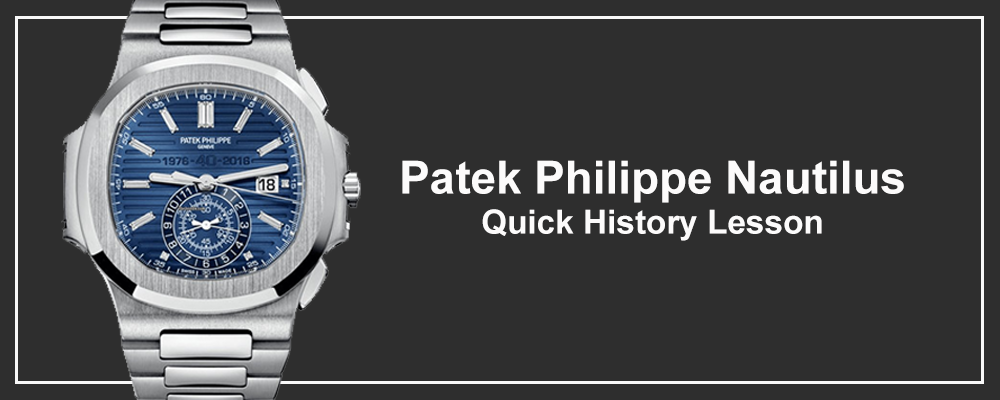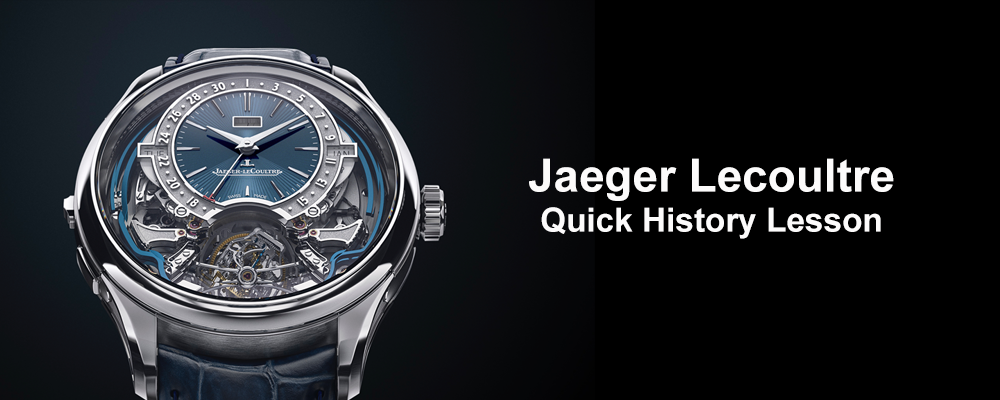International Watch Company (IWC) was founded in 1868 by Florentine Ariosto Jones, AKA F.A. Jones. Jones’ aim was to create top quality pocket watches for the American market. In 1875, IWC constructed what is now their current headquarters on the banks of River Rhine. 25 years later, the brand was sold to an engine manufacturer from Schaffhausen, Mr. Johannes Rauschenbach-Vogel passed away a year later in 1881 which led to his son Johannes Rauschenbach-Schenk taking over.
In 1885, IWC made the first digital pocket watch (with a mechanical movement using a Pallweber system). And in 1899, one of the first known wrist watches by IWC was launched into the market. In 1905 the management moved from the Johannes Rauschenbach family to Mr. Ernst Jakob Homberger on behalf of the heirs. In his time, IWC has developed many new calibers for its watches. In 1936, IWC launched its first pilots’ watch, which featured a rotating bezel and an anti-magnetic escapement. Three years later, IWC launched what is now one of their most popular models, the Portuguese (AKA Portugieser) which you can read more about in the Quick History Lesson About IWC (Collection Stories) article.
In 1950, IWC launched it’s first automatic winding watch designed by Albert Pellaton. Five years later IWC launched the Ingenieur with an automatic winding caliber. In the same year, Hans Ernst Homberger was the last private owner of the brand. In 1959, IWC launched their first automatic women’s movement, the caliber 44. In 1967, IWC launched the Aquatimer, their dive watch which you can read more about in the Quick History Lesson About IWC (Collection Stories) article.
In 1978, IWC managed to make the first wristwatch with a built-in compass, and two years later they launched the first chronograph in a titanium case. In 1985, IWC launched the Da Vinci chronograph perpetual calendar which had a four digit year display, and that wristwatch was one of the greatest innovations in the watchmaking industry back then because it also was it’s perpetual calendar was programmed for the next 500 years and can be set by turning the crown alone. In 2000, IWC was taken over by the Richemont Group.
Which part of IWC’s history was the most fascinating to you? I certainly loved the Da Vinci chronograph perpetual calendar part.



